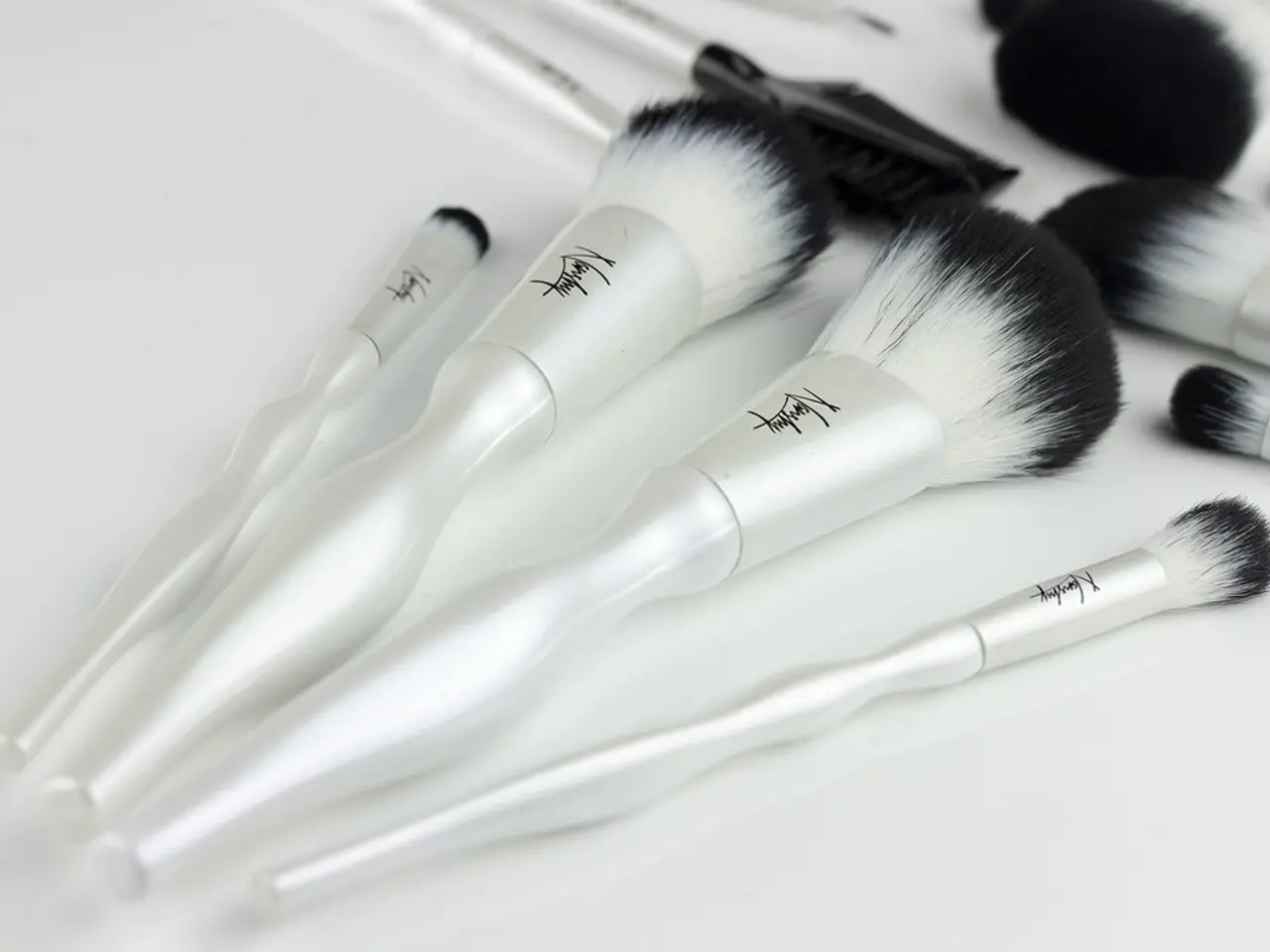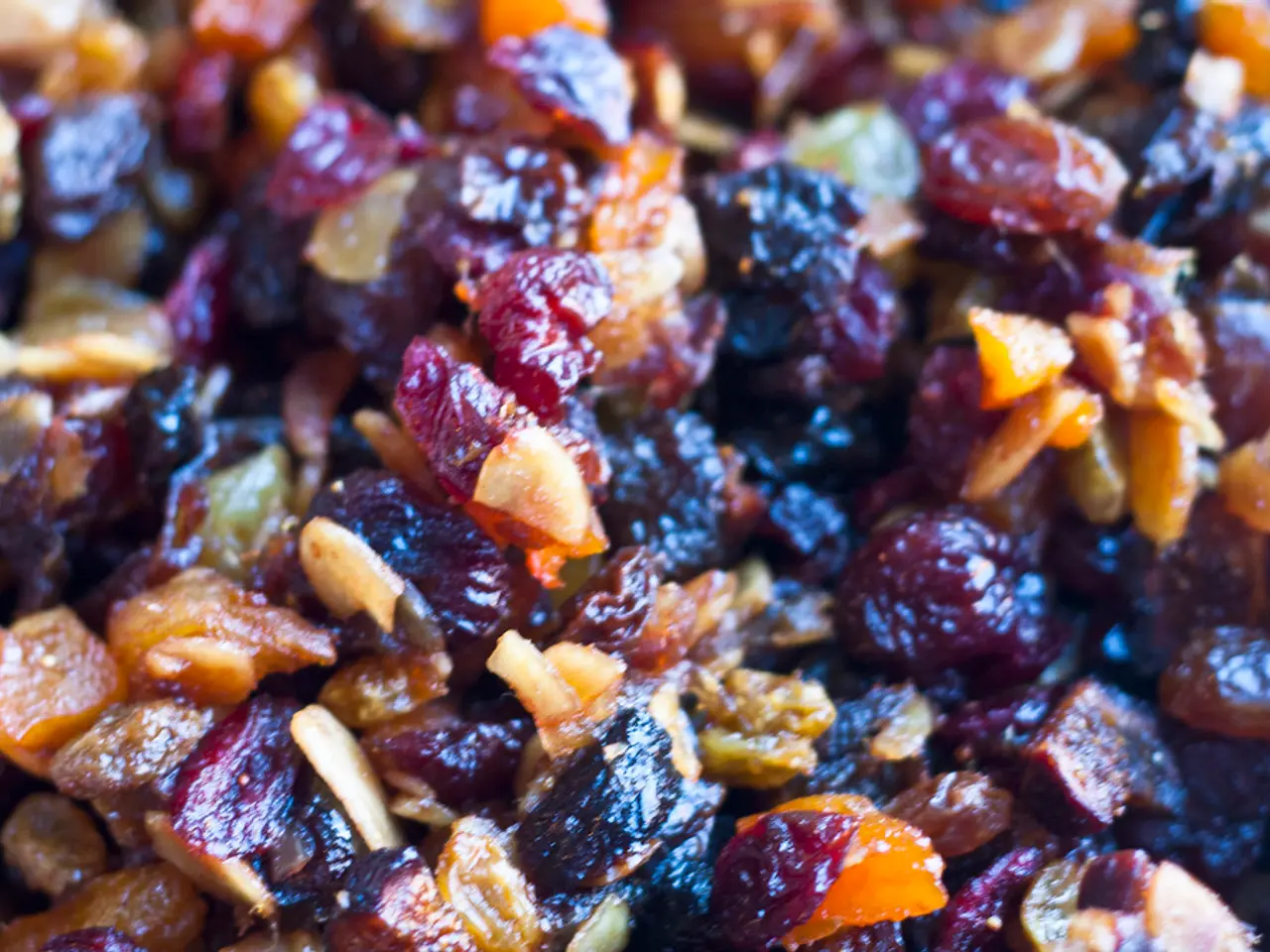Caprylic Triglyceride Exploration: Applications, Advantages, and Potential Drawbacks.
Caprylic triglyceride is a compound commonly found in various cosmetic and skincare products. Made by combining fatty acids with glycerin, it is often derived from coconut or palm oil [1]. The compound is generally recognized as safe by experts, such as the Food and Drug Administration (FDA) and the Cosmetic Ingredient Review (CIR) [2].
However, the environmental impacts of caprylic triglyceride production are noteworthy. The sourcing of its main raw materials, coconut oil and palm oil, has documented environmental consequences. Deforestation, biodiversity loss, and water pollution are among the issues associated with both coconut oil production, due to the expansion of plantations and agricultural runoff, and palm oil farming, which is a common source for medium chain triglycerides (MCTs) including caprylic triglycerides [5].
The Roundtable on Sustainable Palm Oil (RSPO) certification can help mitigate some of these negative impacts by ensuring that palm oil comes from plantations meeting rigorous environmental and social standards [2]. Sustainable farming practices are crucial in reducing the environmental footprint of caprylic triglyceride production.
In addition to its environmental profile, caprylic triglyceride offers several benefits in cosmetic products. It acts as a dispersing agent, helping evenly distribute product ingredients such as solid pigments, scents, or other compounds [6]. It also interferes with the growth of certain microbes that affect fat compounds in face products, as found in a 2019 study in Cosmetics [7].
Caprylic triglyceride's oily texture makes it a useful skin softener, acting as an emollient. It can create a barrier on the skin's surface to lock in moisture. Moreover, it prevents ingredients from clumping together, acting as a solvent [6].
Despite its natural origins, caprylic triglyceride undergoes several manufacturing processes, and some manufacturers incorrectly label it as natural [3]. It is highly purified and refined during the manufacturing process. The end product of caprylic triglyceride typically contains impurities at about 300 parts per million free fatty acids and up to 0.2% glycerol, according to the Cosmetic Ingredient Review (CIR) [8].
People with an allergy to coconut oil should avoid products containing caprylic triglyceride, as they may still experience a reaction with purified ingredients [9]. Caprylic triglyceride is present in some preprepared foods such as baked goods, soft candies, cheeses, frozen dairy products, gelatins and puddings, and meat products [10].
While caprylic triglyceride offers benefits in cosmetic products, environmental concerns may lead some people to avoid it due to the harmful effects of coconut and palm oil farming [11]. It is essential to consider sustainable sourcing options when choosing products containing caprylic triglyceride to minimise environmental impact.
Before using any new cosmetic product, it is always a good idea to test the product on a small patch of skin first to check for a reaction.
- Caprylic triglyceride, derived from coconut or palm oil, is a compound often found in various skincare and health-and-wellness products, acting as a dispersing agent and skin softener.
- Environmental concerns about caprylic triglyceride center around its main raw materials, coconut oil and palm oil, which have documented environmental consequences, such as deforestation, biodiversity loss, and water pollution.
- The Roundtable on Sustainable Palm Oil (RSPO) certification can help mitigate these negative impacts, ensuring that palm oil comes from plantations meeting rigorous environmental and social standards.
- People with an allergy to coconut oil should avoid products containing caprylic triglyceride, as they may still experience a reaction with purified ingredients.
- Considering sustainable sourcing options when choosing products containing caprylic triglyceride is crucial to minimize potential environmental impact, and before using any new cosmetic product, it's always a good idea to test it on a small patch of skin first.




